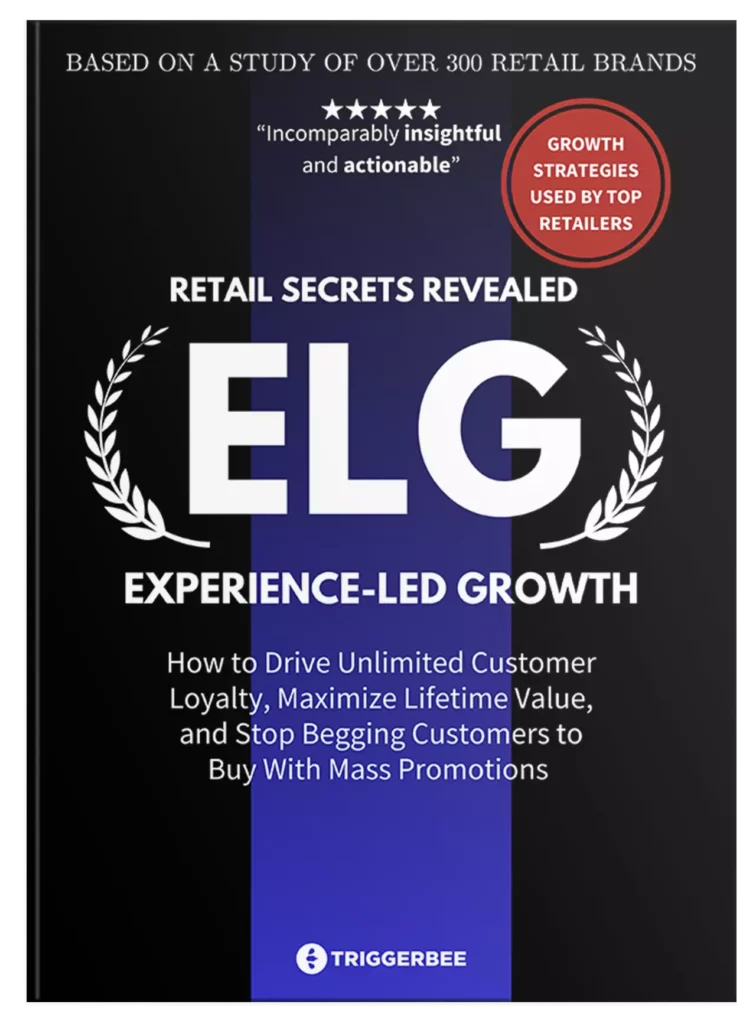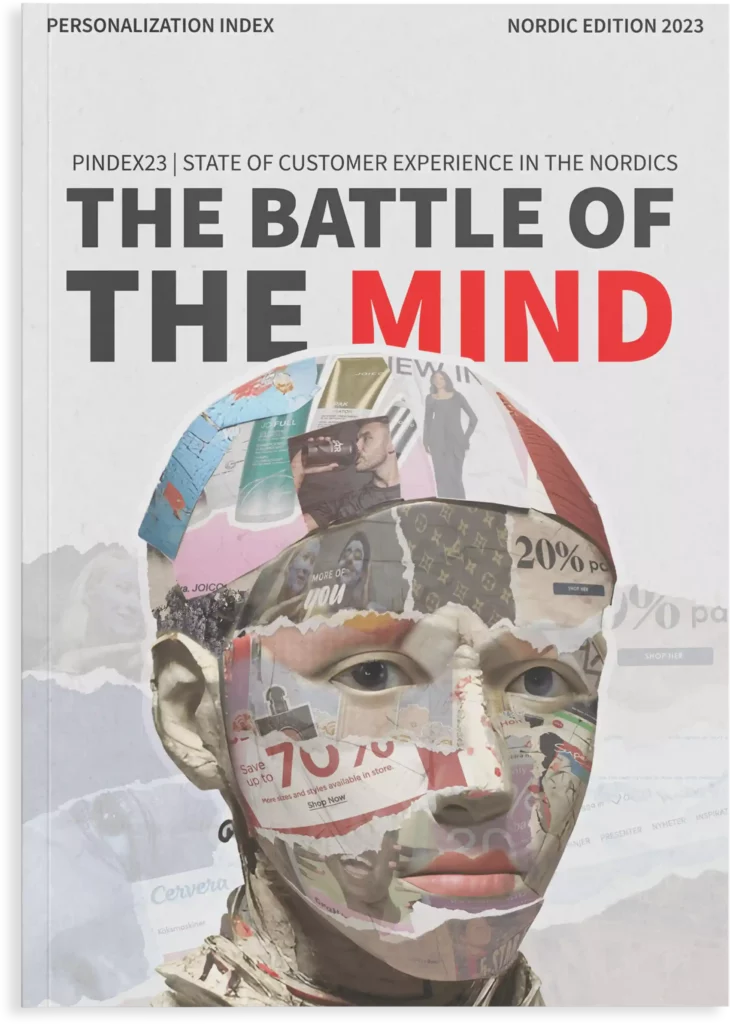In an increasingly digital and customer-centric world, your ability to collect and use customer data to shape and personalize customer interactions is becoming more important than ever.
Personalization, when done right, can deliver incredible value for both your business and your customers.
In fact, over 74% of your customers expect a personalized online experience.
Yet, most businesses are still only scraping the tip of the iceberg when it comes to delivering these experiences. There are a lot of challenges standing in the way for smaller companies, and large companies are still trying to figure out how to do personalization effectively at scale.
However, there are 3 main challenges that companies of all sizes will face at the beginning of their journey to better customer experiences:
1. Data and technology
Challenge: Customer data is siloed and spread across multiple tools – giving you a fragmented view of your customer
Solution 1: Implement a customer data platform
Solution 2: Collect first-party data with a data activation platform.
According to a survey conducted by Evergage, 55% of marketers don’t feel they have enough customer data to implement effective personalization.
This is easily solved. How? By collecting first-party data.
First-party data is collected directly from your customers:
- Contact information
- browsing behavior
- website actions (clicks, downloads, purchases)
- channel-specific engagement
- purchase history
- survey information
- etc
The best part? You own it to 100% and can use it however you like (assuming you have properly collected marketing consent from each customer).
When this data is combined it becomes a customer profile, which you can then use to deliver personalized, individual messages.
The only problem?
In most organizations, customer data is fragmented and spread out across different tools.
Your CRM contains a whole bunch of contact information, your email marketing service contains data about your subscribers, and your analytics software stores anonymous browsing data.
However, unless these tools are connected in a way that lets you use the data from all of these sources, it’s impossible for you to even separate a returning customer from a new visitor on your website.
This type of insight is fundamental to your personalization strategy.
Traditionally, companies have outsourced much of their data collection to an agency or IT-department. And as a result, that data is trapped and left unavailable to the team that needs it the most: the marketing team.
This data needs to be accessible to everyone who plays a part in building the personalization strategy. And as such, it’s important that you have the right technology in place.
So start by finding software that collects first-party data, and creates customer profiles.
This allows you to activate your data, meaning you can use it to target individual customers with offers on your website, or with ads.
Data-activation software is installed on your website and collects both contact information and behavioral data about your customers and prospects. It then puts these two data sources together to create unique customer profiles containing interests, browsing behavior, and important milestones (eg. Downloaded Whitepaper or Added Product to Cart).
With this data available, you can create personalized campaigns that are tailored to individuals with certain online behavior.
Data activation software can also help you break free from marketing to segments and lists, and instead start delivering personalized content and promotions to individual users.
2. Balancing privacy and personalization
Challenge: Appearing trustworthy while at the same time personalizing the experience
Solution: Take a privacy-first mindset into your marketing strategy
The nature of data privacy has become a concern for both businesses and consumers.
Companies that use frequent or advanced personalization methods are more likely to trigger privacy concerns among their customer base – it’s in these situations that proactive, and sometimes manual, privacy management plays an important part.
When building your personalization strategy, you should start by identifying situations where it feels appropriate to use personalization and think about the situational impact.
For example, a recommendation module showing “People who bought this also bought these” might not need an explanation about how the data was collected. However, greeting website visitors with their first name on your homepage can feel really creepy – unless you explicitly state that the section or banner is specifically personalized for them.
You need to make it clear for your customers that you take data privacy seriously, and build trust by explaining how their data is used and processed.
3. Invisibility
Challenge: Delivering personalized experiences without being too obvious and intrusive
Solution: Carefully select opportunities
To avoid creeping out your customers, you need to make sure that your personalization is more or less invisible and seamless across channels.
For example, having a homepage section only for returning visitors, showing any items they left in the shopping cart from a previous visit, adds value because you’re highlighting and “remembering” their previous actions for them.
Clothing giant Zalando is a more concrete example of a company who is using personalization effectively. When you log into their app, you can customize the items shown on the front page by selecting a number of influencers that wears the style of clothes you like.
The more influencers you choose, the more your front page is filled with items you probably would buy.
This approach is effective because you, their customer, have complete control. You can choose to unfollow anyone you have followed, and as a result removing your personalized feed.
Effective personalization is not intrusive or obvious, it’s “just there” when you need it.
Summary
The hardest part of personalization is often just getting started. In our experience, most companies already have more than enough data and people to get value from day 1 – even if the first step is something as small as not showing a newsletter popup to website visitors who are already in your email database.
Start by determining which use cases to focus on and find a technology provider that can help you reach your initial goals quickly, and iterate on your personalization strategy as you become more advanced.
Personalization is the heartbeat of modern digital marketing. By having the right data at hand and the right technology in place to use the data you collect, the possibilities are endless.
But, don’t do everything at once or you’ll most likely become overwhelmed with all your options.


